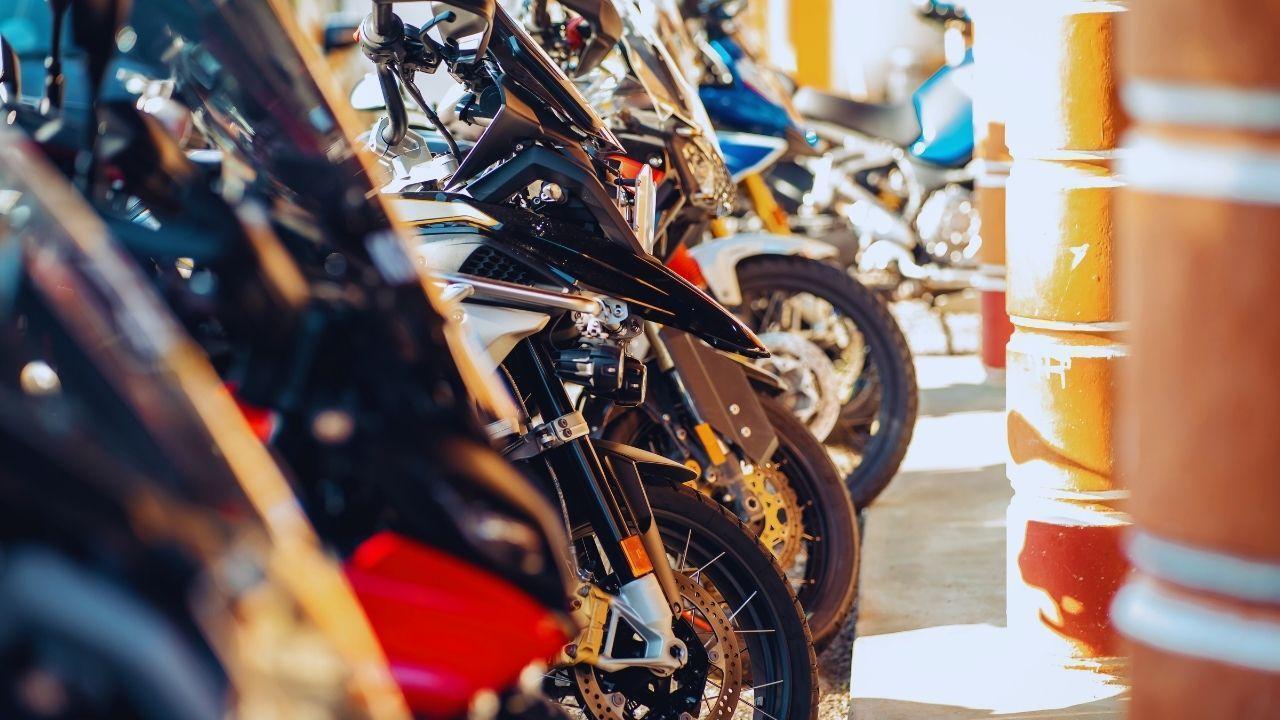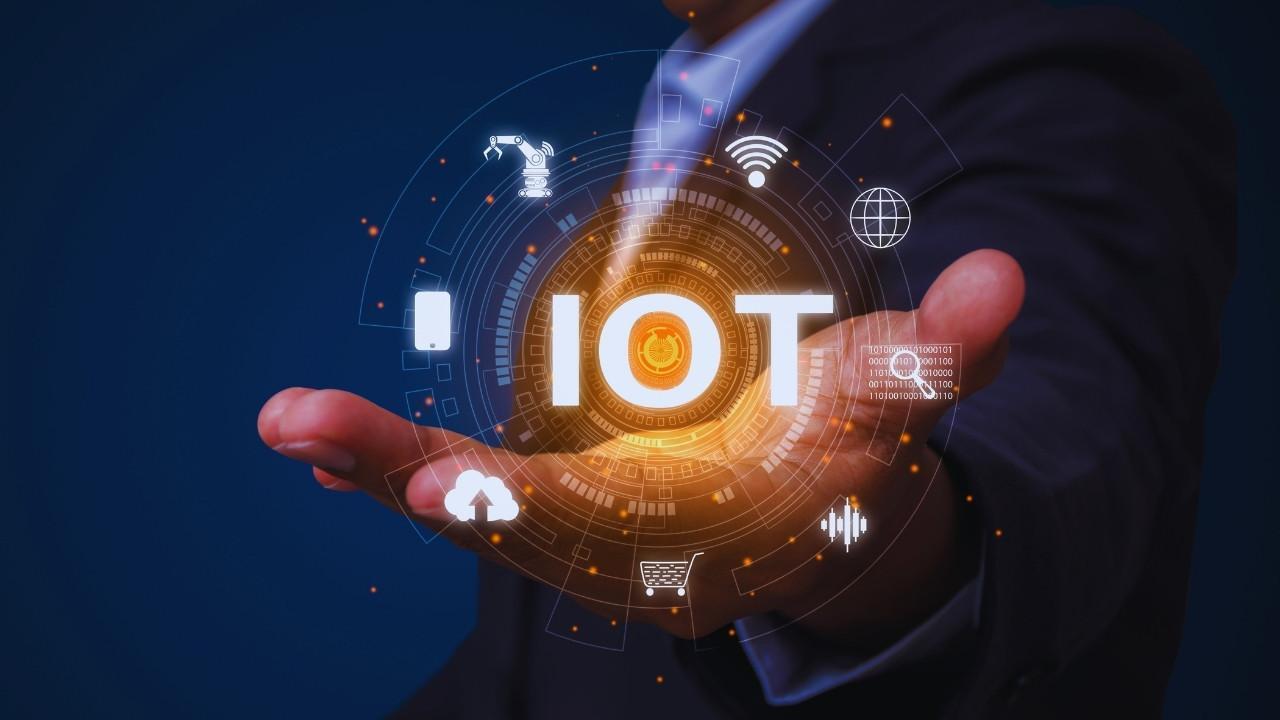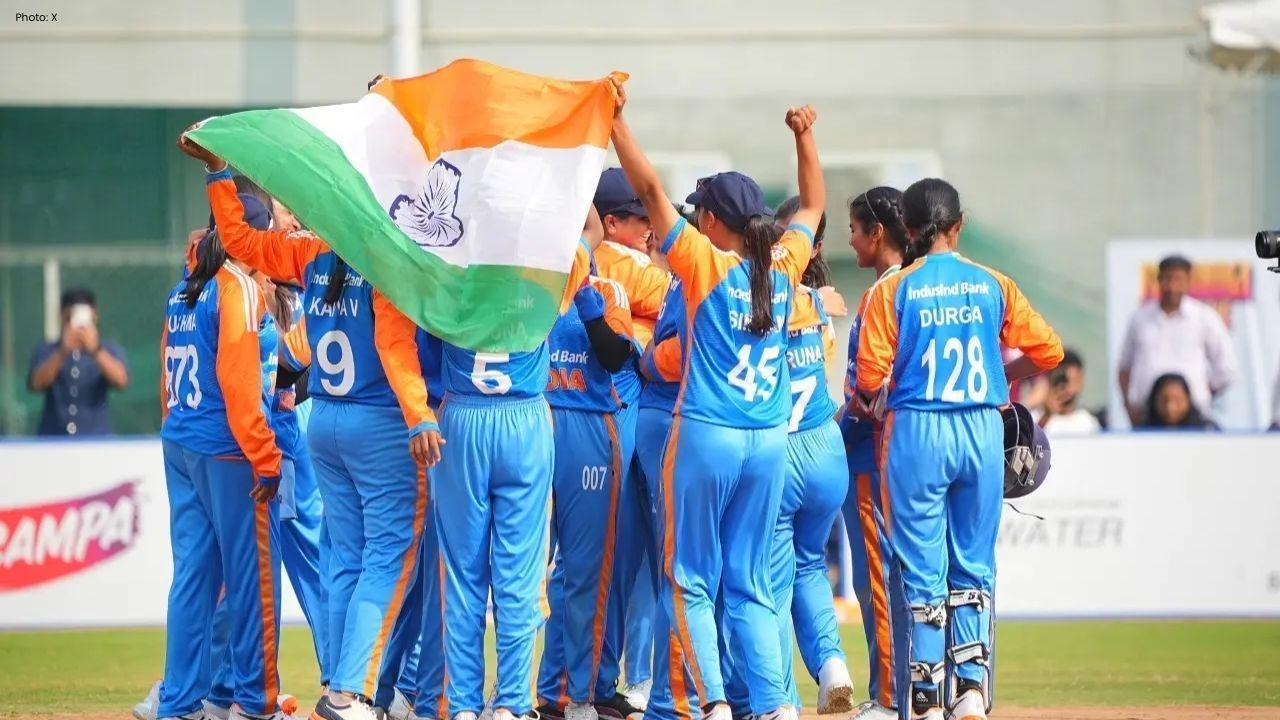
Join 10k+ people to get notified about new posts, news and tips.
Do not worry we don't spam!

Post by : Anis Farhan
Electric two-wheelers have moved from niche products to mainstream choices in India’s urban landscape. Over the last few years, rising fuel prices, improved battery technologies, government incentives and increasing environmental awareness have pushed many commuters to consider switching to electric scooters and bikes. But while brand advertisements often highlight affordability, smooth rides and futuristic features, real-world ownership in Indian cities tells a more nuanced story.
For many buyers, the decision to purchase an EV is no longer just about “going green.” It now involves evaluating running costs, charging convenience, service support, resale value and performance in crowded city conditions. This article explores the real, everyday experience of owning an electric two-wheeler across Indian metros and Tier-2 cities—what works, what doesn’t, and what buyers should expect before making the switch.
Petrol prices in major cities have consistently hovered at high levels, pushing daily commuters—especially delivery riders, college students and office-goers—to look for cheaper alternatives. Electric scooters that cost only a few rupees per kilometre appear highly appealing in comparison.
Central and state incentives, road-tax exemptions, EV-friendly policies and subsidies under various frameworks have made electric two-wheelers cost-competitive with petrol scooters. Even though subsidies are reducing gradually, early policymaking helped normalise the idea of EV ownership in India.
Earlier, electric scooters were seen as weak, slow and limited in utility. Today, modern EVs offer:
Quick acceleration
App-based controls
Regenerative braking
Decent build quality
Higher battery capacity
Advanced safety features
This evolution has helped electric scooters appeal to urban youth and working professionals.
Most modern electric scooters deliver strong torque from the moment they start, making them ideal for city traffic where quick bursts of speed matter. Short gaps, signal starts and dense traffic navigation become smoother. However, performance drops slightly when riding with a pillion or climbing steep flyovers.
While many EVs now offer higher speeds than older models, some low-speed scooters still cap speed at around 25 km/h. These models don’t require registration but can feel slow in fast-moving traffic. Buyers must evaluate which category fits their daily routes.
Electric scooters offer silent operation, lighter construction and good manoeuvrability—advantages that make them pleasant to ride in tight lanes, markets and crowded urban environments.
Most manufacturers claim ranges between 80 km to 150 km, but real-world city conditions—stop-go traffic, elevated roads, hot weather and pillion riding—often reduce actual range by 10–25 percent. Owners report learning to manage speed modes (Eco/Normal/Sport) to maximise range.
India’s climate plays a significant role in battery performance:
High summer temperatures may affect battery efficiency
Cooler monsoon or winter weather often improves output
Prolonged exposure to heat reduces long-term battery life
Depending on battery type and charger capacity, charging takes anywhere from 3 to 6 hours. Fast charging options are improving but still limited in availability. Most owners prefer overnight home charging for convenience.
For most urban owners, home charging remains the most reliable method. A simple socket and dedicated line are often enough.
Residents of high-rise buildings often face:
Restrictions from housing societies
Limited parking space
Absence of EV charging points
Inconsistent electricity load permissions
These challenges affect a significant share of potential buyers in metro cities.
Public chargers are increasing but still concentrated in select urban pockets like Bengaluru, Delhi and Mumbai. Tier-2 and Tier-3 cities have slower adoption. Additionally:
Many public chargers are often full
Some are out of service
Charging speed varies
Parking availability becomes an issue
Swapping is a convenient solution for specific models. It works especially well for delivery workers who cannot wait for long charging cycles. However, swapping networks are not yet widespread nationwide and are often brand-specific.
Electric two-wheelers have fewer mechanical parts than petrol scooters. This reduces maintenance needs such as oil changes or filter replacements. However, software stability has become a key factor. App glitches, firmware issues and sensor malfunctions can sometimes interrupt usability.
Battery packs are the most expensive component of EVs. Many users report:
Gradual range reduction after 2–3 years
Slower charging behaviour over time
Replacement costs vary depending on battery size and chemistry but can be substantial. Buyers must check warranties carefully.
Some EV brands have limited service centres. While metropolitan cities offer adequate support, smaller towns still lack trained technicians and part availability, resulting in longer repair times for major issues.
Prices of electric two-wheelers vary widely depending on:
Battery capacity
Motor power
Features
Brand reputation
Some high-end models now cost as much as mid-range petrol motorcycles.
Electricity-based charging is far cheaper than petrol. A full month of city commuting often costs less than the price of a single tank of petrol.
Because of fewer moving parts, basic service costs remain low. However, battery-related costs can arise later in the ownership cycle.
EV insurance premiums are gradually becoming more standardised, though high-value components raise replacement risks.
Many riders highlight the absence of engine vibration and gear shifts as major comfort factors.
Initially, owners worry about running out of charge. After a few weeks of use, they adapt to the real range and learn optimal riding speeds.
With EVs, topping up on the go isn’t as quick. Riders must plan around their battery levels.
Time-sensitive delivery platforms push riders to seek maximum uptime. Slow charging is a concern.
Owners with independent houses or easy parking often report the best overall experience.
Electric scooters reduce tailpipe emissions, contributing to cleaner urban air.
Their silent operation improves neighbourhood comfort, especially during early hours.
While recycling frameworks are improving, disposing old batteries responsibly remains an area where India needs more organised processes.
If your daily commute stays within 40–50 km, most electric scooters can comfortably handle it with one charge.
This is the biggest deciding factor. If home charging is unavailable, reconsider.
Look for owner reviews and talk to people who use the model in city conditions similar to yours.
A wider service network improves long-term peace of mind.
Smart features only matter when they work consistently.
A strong warranty reduces risk.
Solid-state batteries and improved thermal management may extend range and reduce charging times in the coming years.
Cities are adding charging points across:
Malls
Metro stations
Parking lots
Petrol pumps
Mass production and technological improvements are expected to reduce replacement costs.
Safety norms, battery testing standards and recycling rules continue to evolve.
Electric two-wheelers represent a transformative shift in India’s urban mobility narrative. They offer quiet rides, low running costs, modern features and a cleaner alternative to petrol-powered commuting. But real-world ownership depends heavily on charging access, range requirements, service support and long-term battery performance. In cities where home charging is convenient and daily commuting distances are moderate, electric scooters offer excellent value. In areas with limited infrastructure or unpredictable usage patterns, buyers need to plan more carefully.
Ultimately, electric two-wheelers are neither flawless nor impractical—they simply require the right match between user needs and technological realities. As Indian cities continue to evolve, these vehicles are poised to become an increasingly common sight, shaping the future of mobility with quieter, cleaner and more economical rides.
This article provides general insights on electric two-wheeler ownership in Indian cities. User experiences may vary based on model, riding habits, city infrastructure and maintenance conditions.










Curry Powers Warriors to 109-108 Victory Against Spurs in NBA Cup
Stephen Curry leads the Warriors to a narrow 109-108 win over the Spurs, scoring 49 points in an ele

India Advances to Women's Blind T20 World Cup Semifinals After Defeating USA
India comfortably defeated the USA by ten wickets, securing their place in the semifinals of the Wom

South Africa Claims Early Wickets as India Struggles on Day Two
On Day Two, India reaches 138-4 as South Africa takes three early wickets, with Shubman Gill sidelin

Lakshya Sen Falls to Kenta Nishimoto in Japan Masters Semifinals
In a gripping clash, Lakshya Sen lost to Kenta Nishimoto 19-21, 21-14, 12-21 in the Japan Masters se

Ravindra Jadeja Joins Rajasthan Royals as CSK Secures Samson in Major IPL Trade
In a startling IPL trade, CSK sends Jadeja and Curran to Rajasthan Royals in exchange for Sanju Sams

Coach Popovic Urges Improvement Following Australia’s Setback
Australia's 1-0 defeat to Venezuela prompts Coach Popovic to emphasize the need for growth ahead of